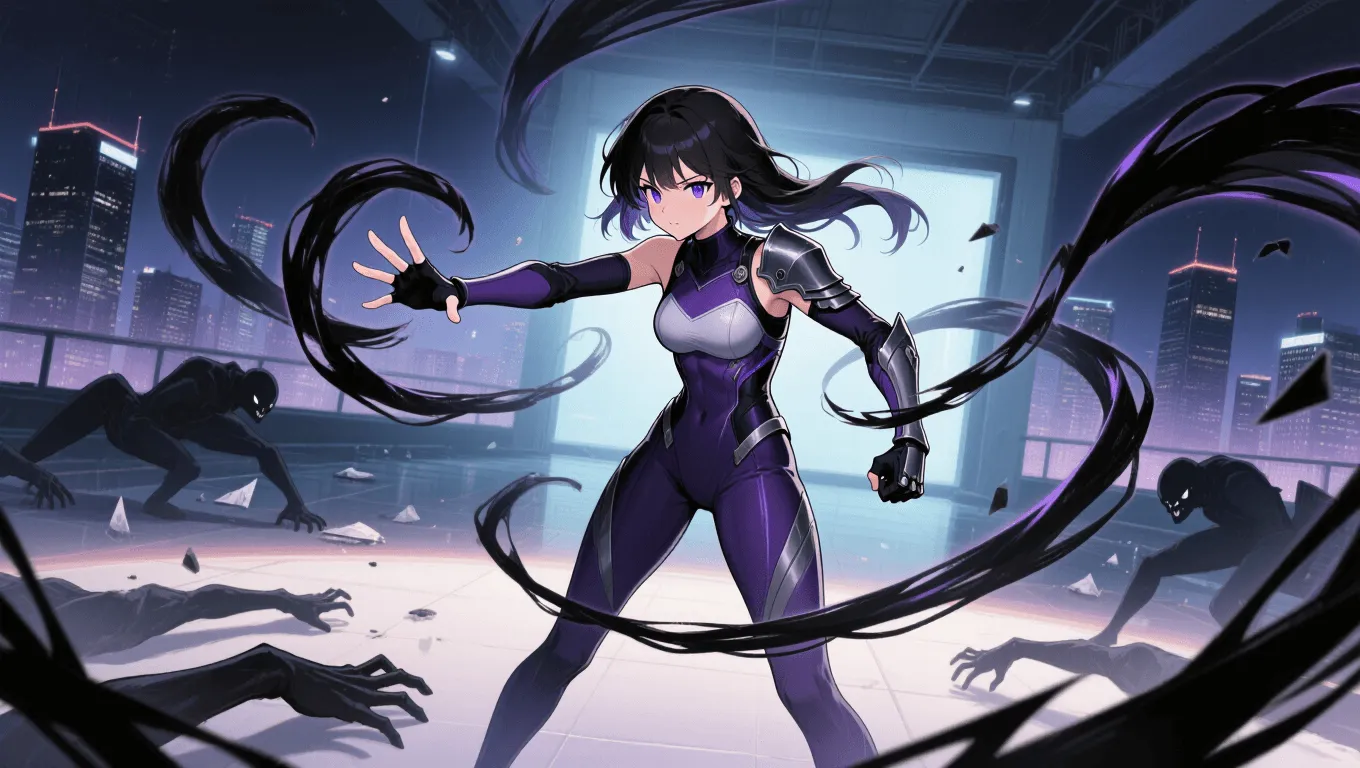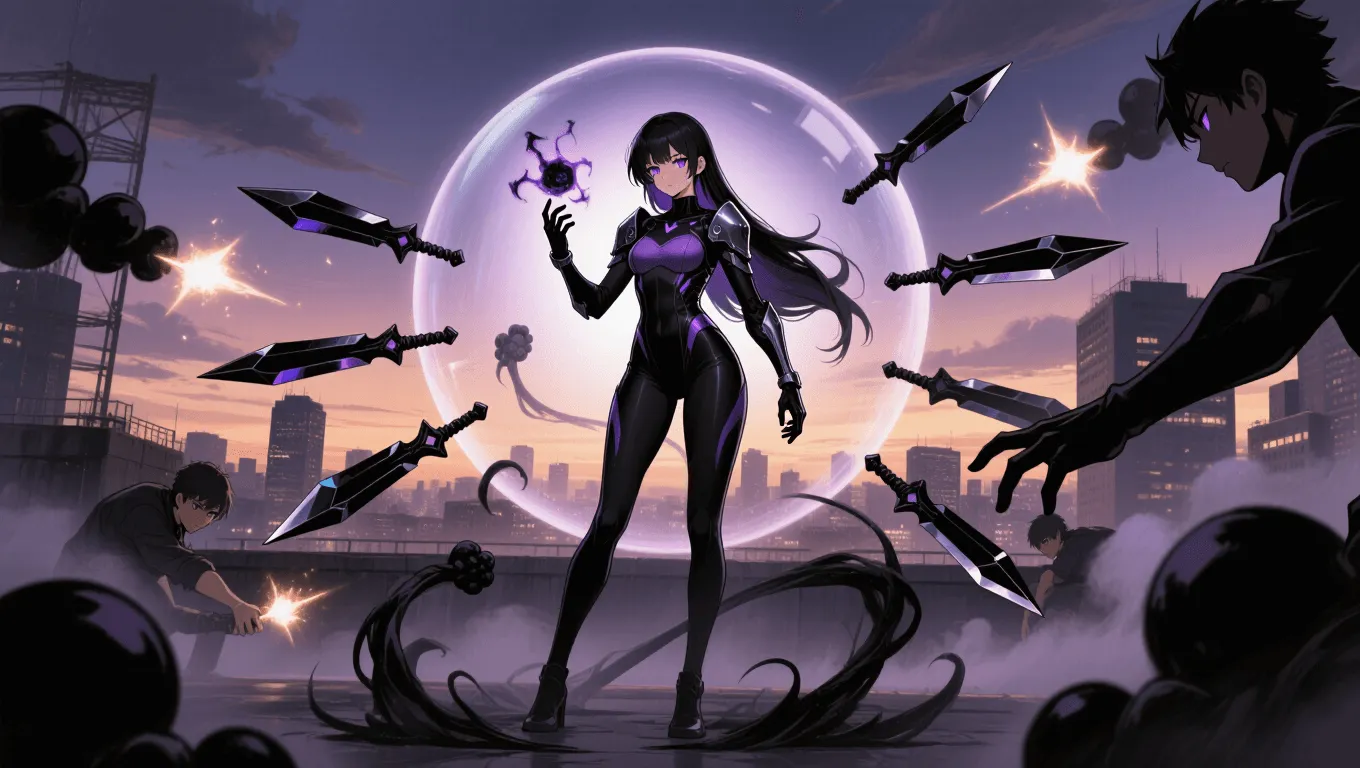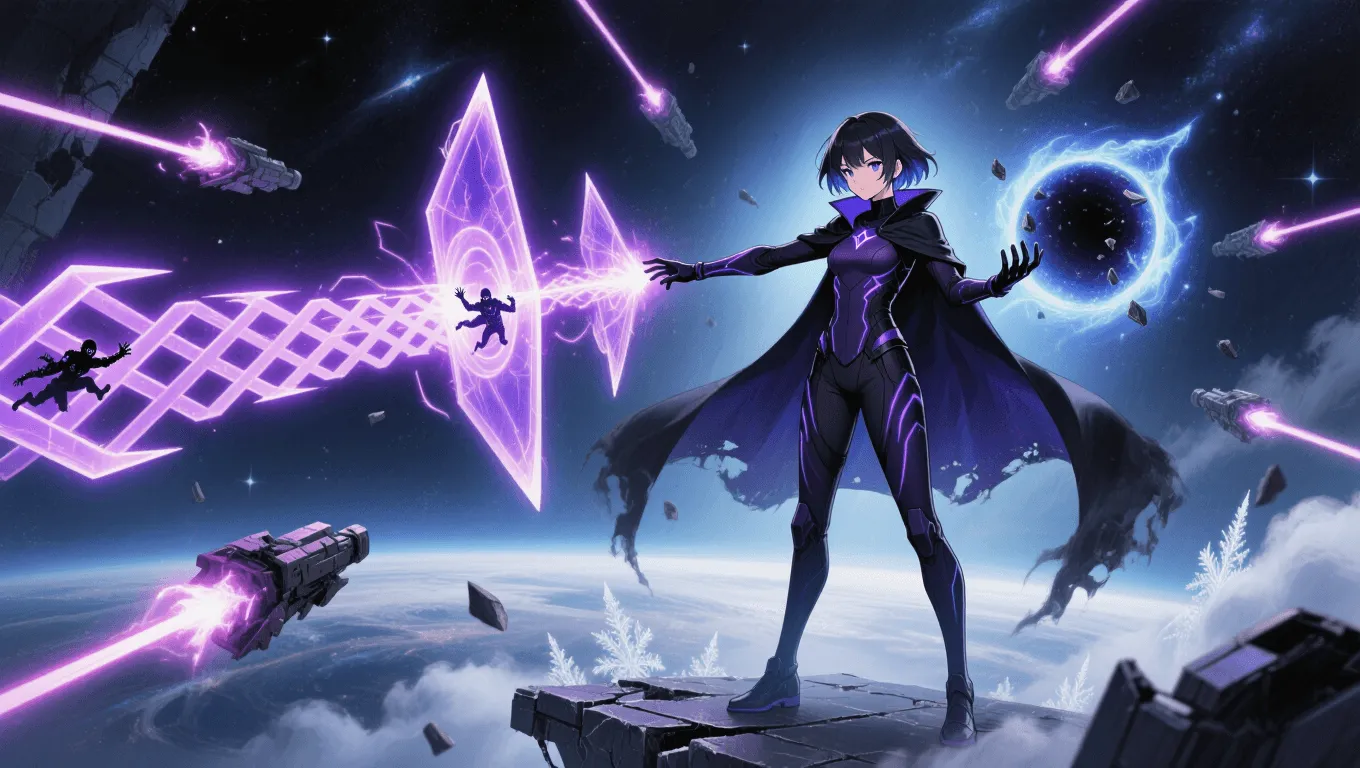Dark Energy Manipulation

Dark Energy Manipulation Video Demo 🎬
Table of Contents
Dark Energy Manipulation is the superpower to sense, generate, and control a mysterious, negative or void-like force often called darkforce, shadow energy, or entropy power. In fiction, it behaves like a cold, light-absorbing medium that bends space, drains vitality, and swallows light. With training, a user can shape this energy into shields, blasts, constructs, and portals. This guide explains how the power works in plain language, how it’s used in combat, what limits and counters exist, and how it pairs with other abilities. For more powers like this, explore the full collection on the superpower wiki or spin the random superpower generator for your next character concept.
What Is Dark Energy Manipulation
Dark energy (in a superpowered sense) is a fictional, extradimensional force associated with shadows, negative space, and the “void” between realities. It is not the same as the cosmological constant of real-world physics; instead, it’s a story-friendly energy that:
-
Absorbs or negates light, heat, and certain forms of kinetic momentum
-
Warps space subtly—slowing objects, distorting distance, or opening rifts
-
Drains stamina or emotions, leaving targets weakened or fearful
-
Forms tangible darkness—solid enough to act as armor or tools
Practitioners may specialize in darkforce manipulation, negative energy control, shadow field projection, and void portal creation. The most advanced users can combine these aspects, turning darkness into a multi-purpose toolkit for offense, defense, mobility, and battlefield control.
Core Abilities of Dark Energy Manipulation
1) Shadow Constructs and Hardlight Darkness
Users condense shadow energy into solid forms: barriers, cages, blades, spears, tendrils, or platforms. These constructs are cool to the touch, matte-black, and often absorb incoming light and heat. Strength scales with focus and power level.
2) Entropic Blasts and Drains
Focused bursts of void energy can sap vitality, chill targets, or erode force fields. Sustained beams may weaken materials by accelerating “decay-like” effects—useful for breaching armor or disabling tech that relies on heat or light.
3) Area Denial Darkness
By flooding an area with opaque shadow, the user blinds opponents, muffles sound, and confuses aim. In stories, this “dark dome” suppresses energy weapons that rely on photonic or thermal output, and can dampen morale.
4) Spatial Warping and Portals
Advanced users pinch space to create short-range blinks, shadow-stepping between pools of darkness, or opening gates to a pocket void. This enables rapid repositioning, ambush tactics, and extraction of allies.
5) Sensory Veil and Stealth
Dark energy can cloak life signs and dampen heat signatures, offering stealth against conventional sensors. It also masks the user’s silhouette, making them hard to track in low light.
6) Emotional Chill
Some portrayals give the energy a psychological edge—inducing dread, inertia, or hopelessness. While not mind control, it’s a morale debuff that skews fights by lowering enemy resolve.
Application / Tactical Advantages in Combat
-
Zone Control: Flooding chokepoints with shadow forces enemies into predictable paths or splits them from their support.
-
Counter-Ranged: Opaque barriers and darkness bubbles degrade enemy accuracy and reduce effectiveness of light/laser weapons.
-
Attrition Warfare: Entropic effects slowly drain stamina and structural integrity, turning prolonged fights in the user’s favor.
-
Ambush and Escape: Portal hops, shadow-step, and line-of-sight breaks enable hit-and-run tactics, flanks, and swift retreats.
-
Anti-Sensor Operations: Heat and light dampening confuses targeting systems and thermal optics.
-
Force Multiplication: Shadow constructs add extra “limbs” or tools—grapples to disarm, cages to isolate, and ramps for ally mobility.
-
Crowd Management: Wide-area gloom reduces chaos for allies trained to fight in darkness while disorienting foes.
Level: Mastery Progression
Level 1 🏙️ — Initiate of the Void
-
Profile: Can generate localized shadows, simple shields, and short-lived tendrils. Range is line-of-sight, about a room’s length.
-
Tactics: Use darkness to break aim, create cover, and throw quick jabs of shadow to trip or bind.
-
Risks: Overuse causes fatigue and chills; constructs feel brittle; portals are unstable or unavailable.

Level 2 🌇 — Wielder of Darkforce
-
Profile: Projects sturdy constructs (blades, spears, domes), mid-range entropic blasts, and limited shadow-steps between adjacent dark areas.
-
Tactics: Control the battlefield with darkness bubbles, flank via shadow-step, and layer defenses (barrier + gloom + tendrils).
-
Risks: Sustained portals drain stamina; deep gloom can impair allies without training; emotional chill may backfire if allies are susceptible.

Level 3 🌃 — Void Architect
-
Profile: Maintains multiple constructs, wide-area suppression fields, stable portals to pocket voids, and refined entropy beams.
-
Tactics: Orchestrate entire engagements—cut sightlines, split enemy teams, absorb barrages, and reposition squads.
-
Risks: Dimensional stress accumulates; misuse risks collateral (temperature drops, structure brittleness). Ethical hazards increase when drains are too strong.

Limitations of Using the Power
-
Light Saturation: Intense light (flares, photonic floods) thins and destabilizes shadow constructs, reducing their hardness and opacity.
-
Energy Budget: The user’s stamina gates how dense and how long darkness persists. Overextension leads to hypothermia-like symptoms, tremors, and slow recovery.
-
Anchor Requirement: Many techniques need nearby darkness to “grab” onto. Sunlit, reflective environments force extra energy to seed shadows first.
-
Collateral Chill: Area-wide temperature drops can harm bystanders or fragile equipment; responsible users must modulate output.
-
Line-of-Sight & Geometry: Thick walls or perfect enclosures without cracks may block shadow-step and portal sighting unless the user has advanced spatial sensing.
-
Psychic Feedback: If the energy has a “sentient” or emotional resonance in a setting, prolonged channeling can nudge mood toward apathy or aggression, requiring mental discipline.
-
Dimensional Risk: Frequent pocket-void travel risks instability—tears, time slips, or pulling hostile entities if the setting includes extradimensional fauna.
Weakness Against What Other Superpowers
-
Light Manipulation & Photokinesis: Intense, coherent light dissolves shadow fields, purges constructs, and reveals cloaked users.
-
Heat/Plasma Control: High thermal output disrupts cold void zones and re-energizes matter that entropic effects weakened.
-
Radiance/Positive Energy: “Holy,” “radiant,” or life-aspected energy counters negative fields, neutralizing drains and fear auras.
-
Gravity or Space Anchoring: Gravity control pins down warps and snaps unstable portals shut, limiting mobility tricks.
-
Sound/Seismic Mapping: Sonar and vibration sense negate visual denial; foes can navigate darkness through echoes.
-
Emotion Stabilization or Morale Auras: Leadership boosts, courage fields, or empathy shields blunt the psychological chill.
Synergistic Power Combos
-
Shadow + Gravity: Combine darkness bubbles with localized gravity wells to immobilize threats and stack attrition damage.
-
Darkforce + Teleport Support: A teammate with precise teleportation can chain portal routes opened by the user for rapid squad movement.
-
Void + Cryokinesis: Cold amplification strengthens entropic drains and hardens shadow constructs, yielding tougher armor and shatter-prone targets.
-
Darkness + Illusion Casting: In heavy gloom, hard-to-disprove illusions thrive; enemies can’t easily verify what they see.
-
Shadow Constructs + Martial Mastery: Fighters trained with spears, whips, or shields can command “extra arms” of darkness—superb for crowd control.
-
Void Gate + Summoning: Secure, bounded portals allow safe deployment of allies or constructs from pocket spaces.
-
Entropy Beam + Tech Sabotage: Pair focused drains with EMP-style powers to neutralize drones and turrets inside dark domes.
Known Users
-
A cloaked vigilante who channels the darkforce to create city-wide blackout screens and nonlethal restraint spheres.
-
A pacifist healer who uses void insulation to quarantine hazardous energies, blocking radiation and containing magical surges.
-
A strategist who forges shadow scaffolds—temporary bridges and ramps—to move teams across rooftops without detection.
-
A mystic scholar who maps pocket voids as safe rooms for evac during sieges and disasters.
-
For a classic example from comics, see Raven (DC Comics), whose abilities often include darkness- and emotion-linked energies that inspire many depictions of void-style powers.
By understanding how Dark Energy Manipulation builds from simple darkness projection to full battlefield shaping, creators and players can craft characters who feel powerful yet balanced. To discover adjacent abilities—like light manipulation for counters or space-warping for mobility—browse the curated superpower wiki or spark new ideas with the random superpower generator.
